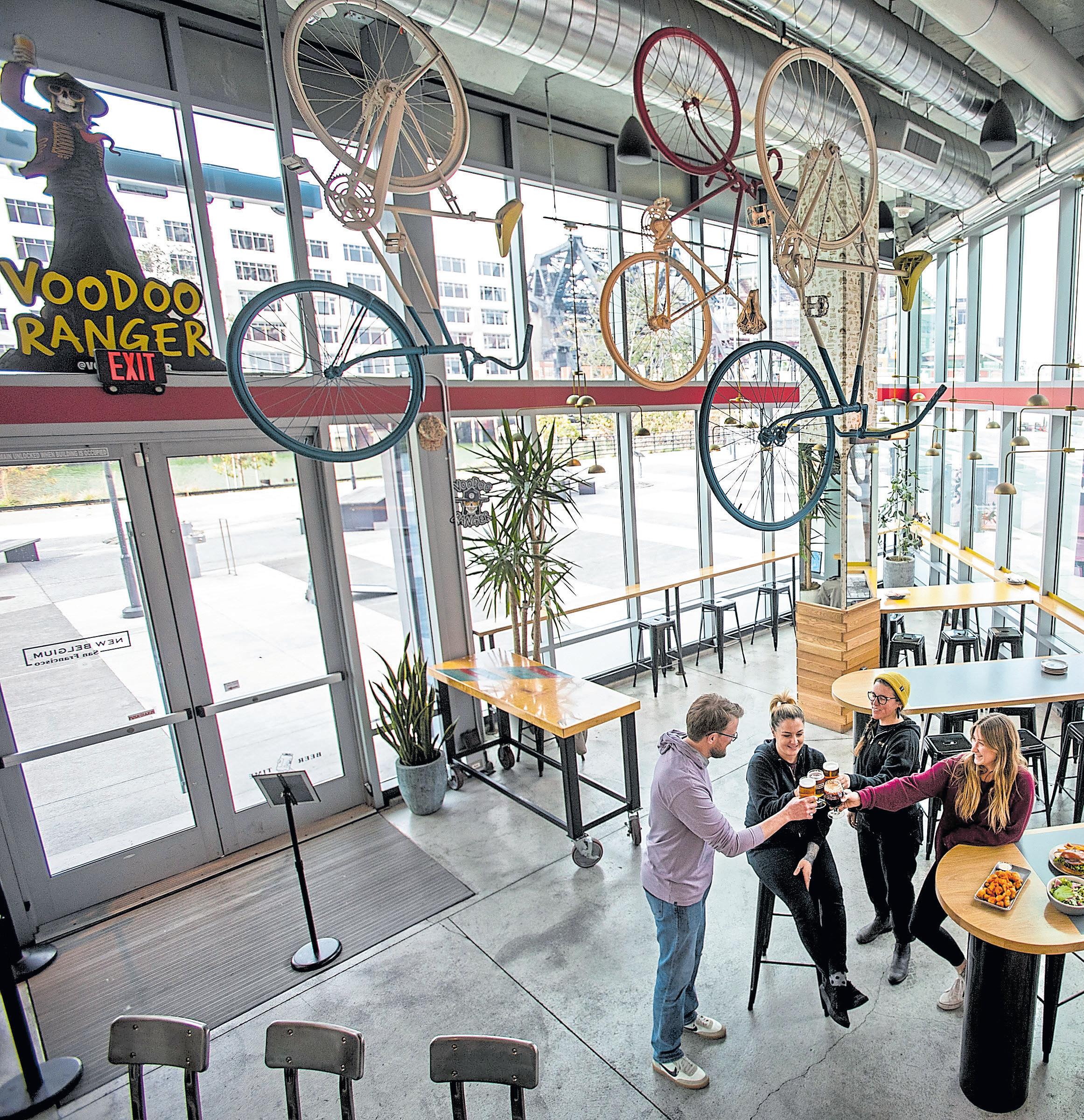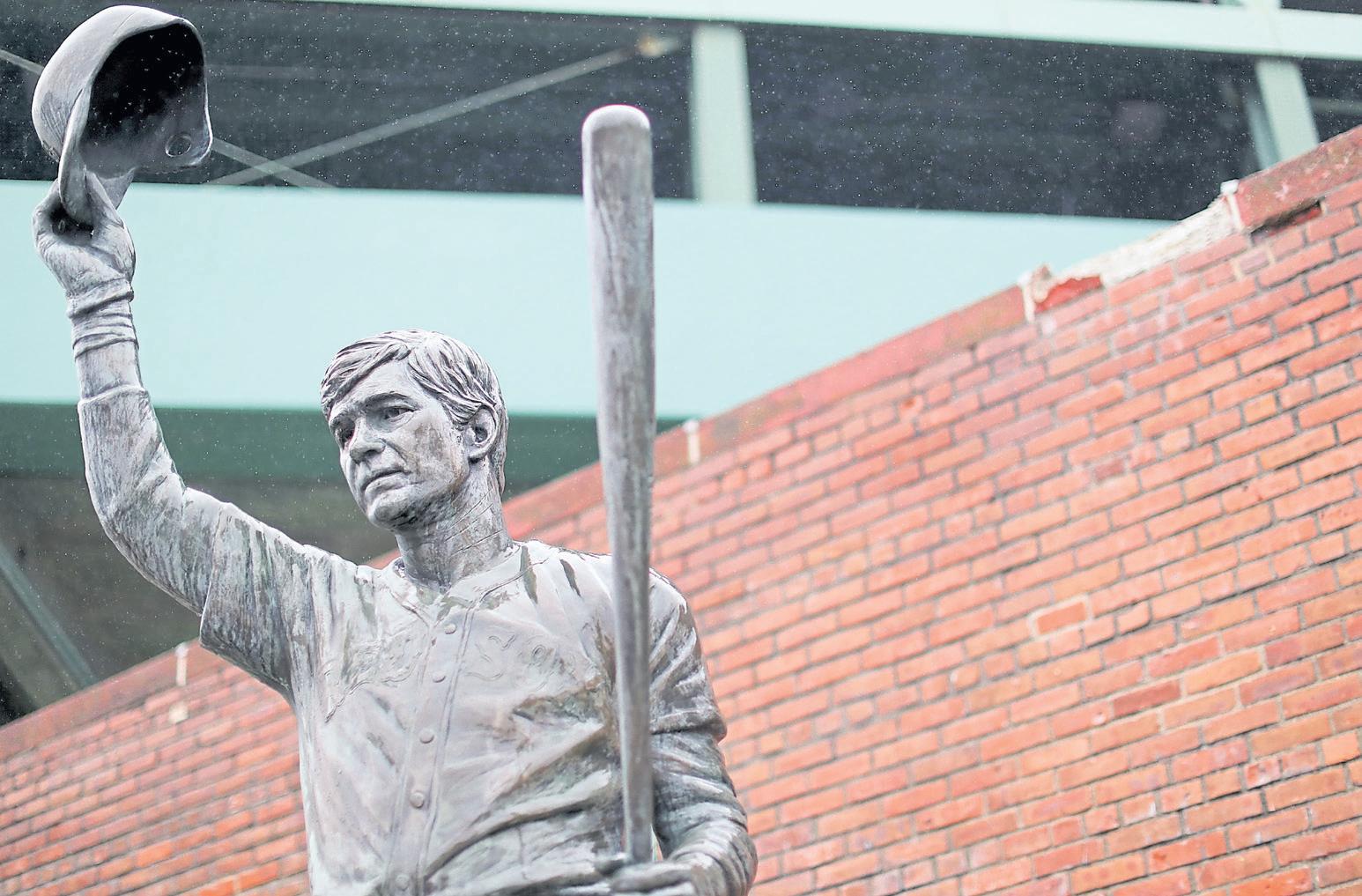
4 minute read
Take him out to the ballparks — all 30 of them
Author offers a zippy guide for visiting every stadium
STORY BY CHUCK BARNEY ILLUSTRATION BY JEFF DURHAM
It doesn’t take a rigorous Google search to learn that it was Ralph Waldo Emerson — rather than Yogi Berra — who insisted life is all about the journey, not the destination. Then again, ol’ Ralphie never spent a lazy summer day in the Dodger Stadium bleachers or gazed upon the Green Monster at Fenway Park.
Any baseball devotee worth his peanuts and Cracker Jack knows that both the journey and the destination hold equal value when it comes to road tripping across North America to visit the fields of their dreams.
It’s those wanderlusty fans, many of whom spent their youth collecting bubble gum cards, who now exuberantly collect major-league ballparks. In some ambitious cases, all 30 of them — from Oracle Park in San Francisco to Yankee Stadium in New York City.
Sure, they might go about it differently: There are those who enjoy tailing their hometown team on an extended road trip. Others spend life in the fast lane, trying to hit as many stadiums as they can in a short amount of time. Still, some prefer a more laid-back game plan.
But no matter the method, they just can’t wait to get on the road again.
“It’s the allure of seeing things up close that we’re used to seeing from afar,” says author and passionate baseball lover Timothy Malcolm. “We’ve all watched games on TV, seeing different ballparks, and it’s like a case of FOMO (fear of missing out). We’ve just gotta reach out and be part of that. We yearn to experience the history of the parks — their flavors, their aromas and the romance of it all.”
Malcolm is certainly plugged in, having written “Baseball Road Trips: The Complete Guide to All the Ballparks, With Beer, Bites and Sights Nearby.” It’s a lavishly detailed Moon Travel Guide (Hachette Book Group, $28) and a must-have for any fan whose bucket list includes big-league stadiums.
“There are a lot of us who absolutely worship ballparks. They’re like temples,” says the author, who might as well be channeling Susan Sarandon’s “Church of Baseball” speech in “Bull Durham.”
Malcolm caught the baseball travel bug while growing up in Philadelphia, where he and his dad often frequented old Veterans Stadium to watch their beloved Phillies. Even as a child, he was fascinated with ballpark design aesthetics and found himself marveling at images of big-league venues depicted in the baseball video game he and his friends played.
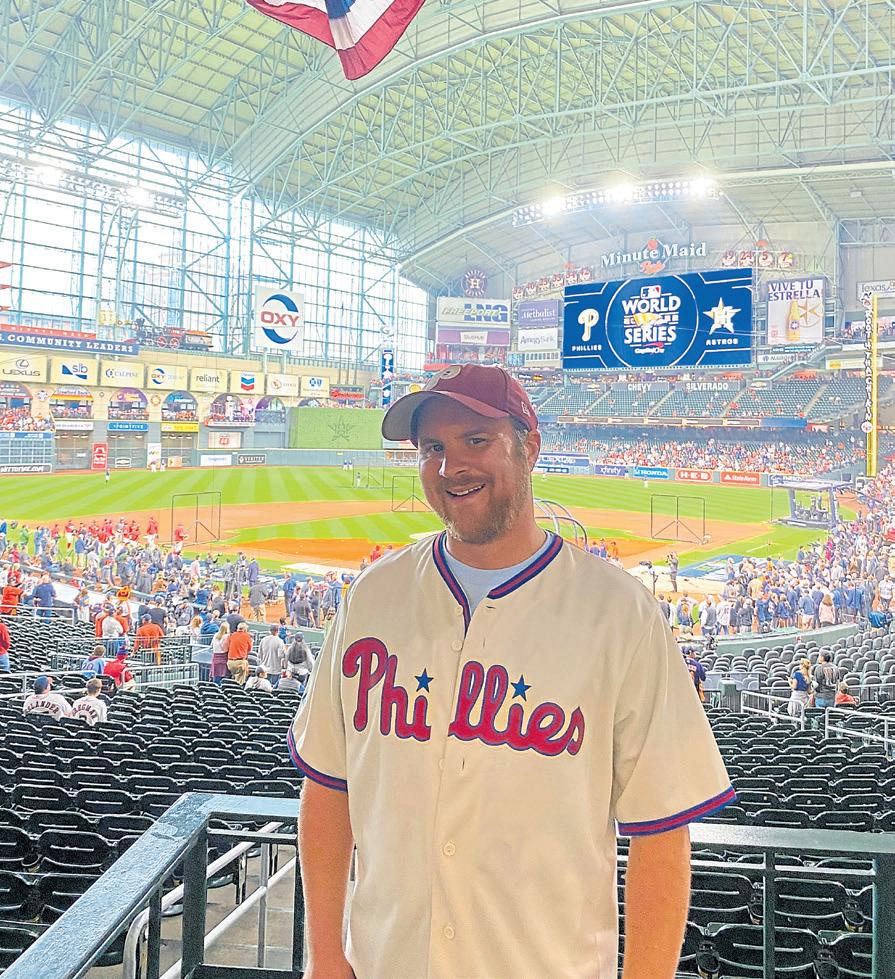
As a high schooler, Malcolm visited Baltimore to catch a game at Oriole Park at Camden Yards, the retro facility that set a new standard for ballpark design when it opened in 1992. Soon, his journeys led to other legendary sites, including Chicago’s Wrigley Field and Boston’s Fenway Park, where Malcolm “nearly fainted” with excitement.
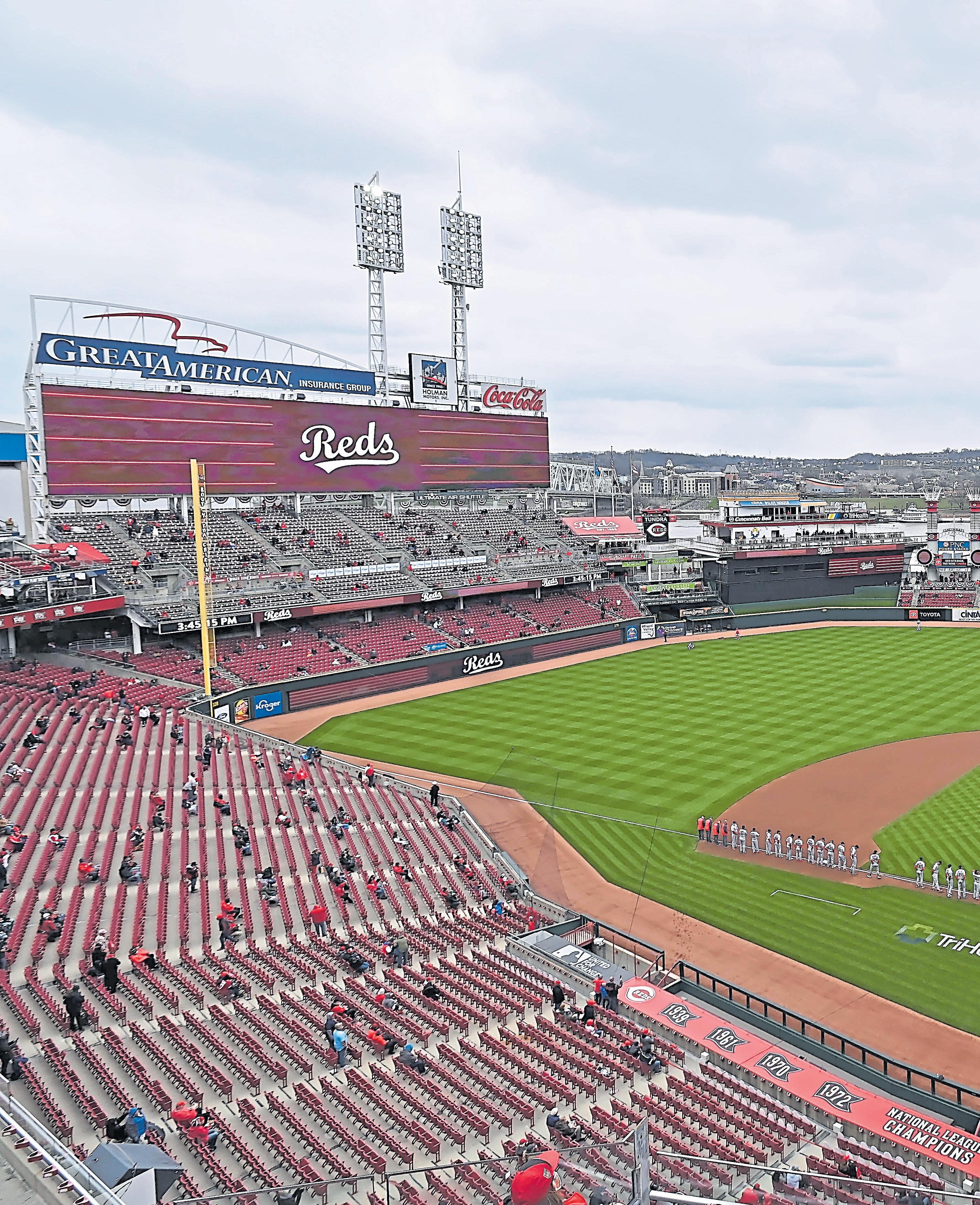
“It was one of those my-life-iscomplete moments,” he recalls of his time in Fenway. “I felt like I was back in 1948, watching Ted Williams at the plate.”
In the years since, Malcolm has become what’s known in some circles as a “ballpark chaser,” roaming the nation to sample the various amenities, histories, moods and quirks of baseball’s showpieces. And while he certainly admires the can-do gusto of chasers who turn their ventures into kind of a race, he’d rather take it slow and get a feel for both the parks and their cities.
To that end, his travel guide suggests seven bite-sized regional trips and not only includes loads of venue intel — seating plans, parking info, etc. — but rundowns of local fan culture and tips on where to eat, drink and stay nearby.
He even turns some attention to fun side trips such as the National Baseball Hall of Fame in Cooperstown, New York, and the “Field of Dreams” movie site in Dyersville, Iowa.
Of course, Malcolm has his favorites. His Top 10 ranking of major league ballparks, for example, gives major props to Oracle Park as San Francisco’s jewel by the Bay sits in third place, behind only Wrigley and Fenway.
Malcolm was “floored” during his visit to Oracle, digging the garlic fries, the craft beers, the “killer views” and the way the Giants’ team history looms large around every corner.
“It easily could be ranked No. 1,” he says. “I loved everything about Oracle, even though it’s one of the most expensive parks. It has all the bells and whistles.
… Looking out at the (McCovey) cove, I thought about all the massive home runs Barry Bonds hit there.”
Clearly, RingCentral Coliseum in Oakland isn’t nearly as adored. The concrete behemoth that the Athletics have sought to flee for years dwells at, or near, the bottom of most ballpark rankings. Malcolm, however, has a soft spot for it.
“It’s much better than I expected,” he says. “(The organization) has done a lot to dress up the place and provide plenty of amenities and activities. And the fans who do show up are very passionate.”
Of the seven regional trips that Malcolm breaks down in his writings, it’s no surprise that his favorite is the East Coast trek with a Boston-to-Washington, D.C., route that includes stops at Fenway, Yankee Stadium, Citi
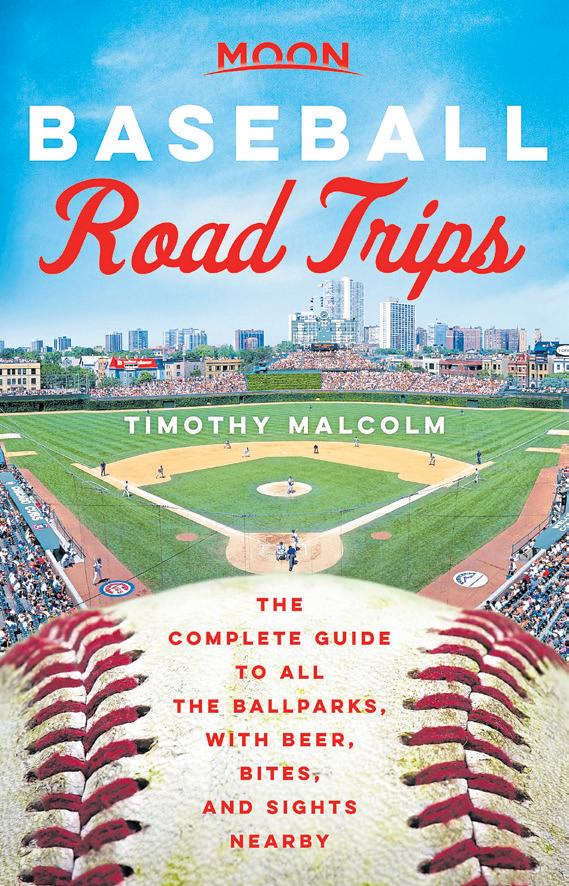
Field (Mets), Citizens Bank Park (Phillies), Oriole Park at Camden Yards and Nationals Park.
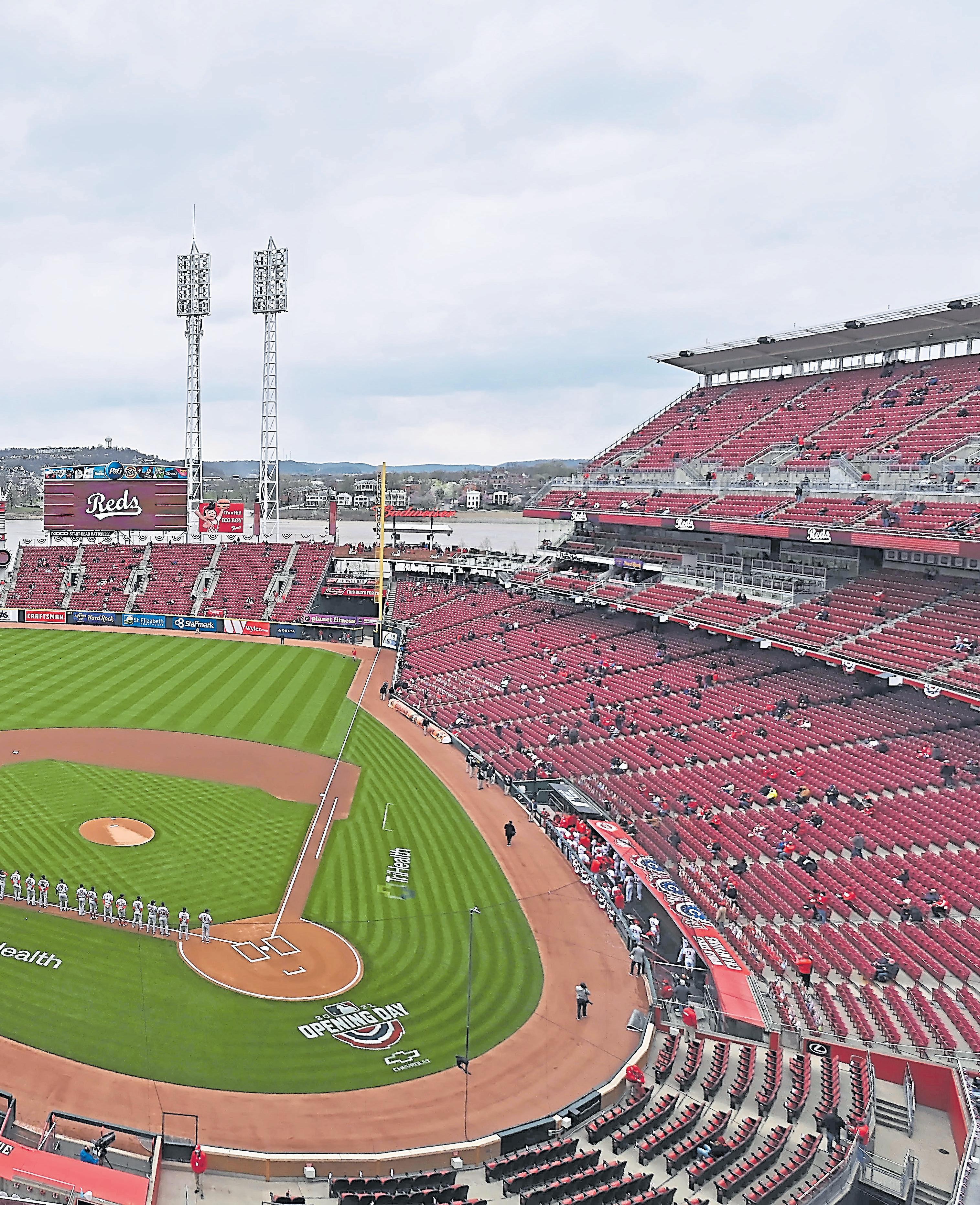
It’s a trip that features some of the sport’s most storied franchises, along with some hit-and-run efficiency.
“Because the parks are so close to each other, you can bang out that trip in a week and still have room to breathe,” he says.
That doesn’t mean a West Coast tour doesn’t offer its own delights. Malcolm’s suggested trip starts at Petco Park in San Diego (Padres) and heads north with stops at Angel Stadium in Anaheim, Dodger Stadium in Los Angeles, Oracle, RingCentral and T-Mobile Park in Seattle (Mariners). It’s worth noting that four of the Western parks — Oracle (No. 3), Dodger (4), Petco (7) and T-Mobile (8) make his overall Top 10 rankings.
This year, Malcolm plans to work on an update of his book, which debuted in 2021. Meanwhile, he continues to expand his baseball bucket list with a focus beyond North America.
“Someday, I want to visit other countries. I’d love to see a game in the Tokyo Dome (home to the Yomiuri Giants) and elsewhere,” he says. “I’d like to see the game through the eyes of people who watch it differently.”
